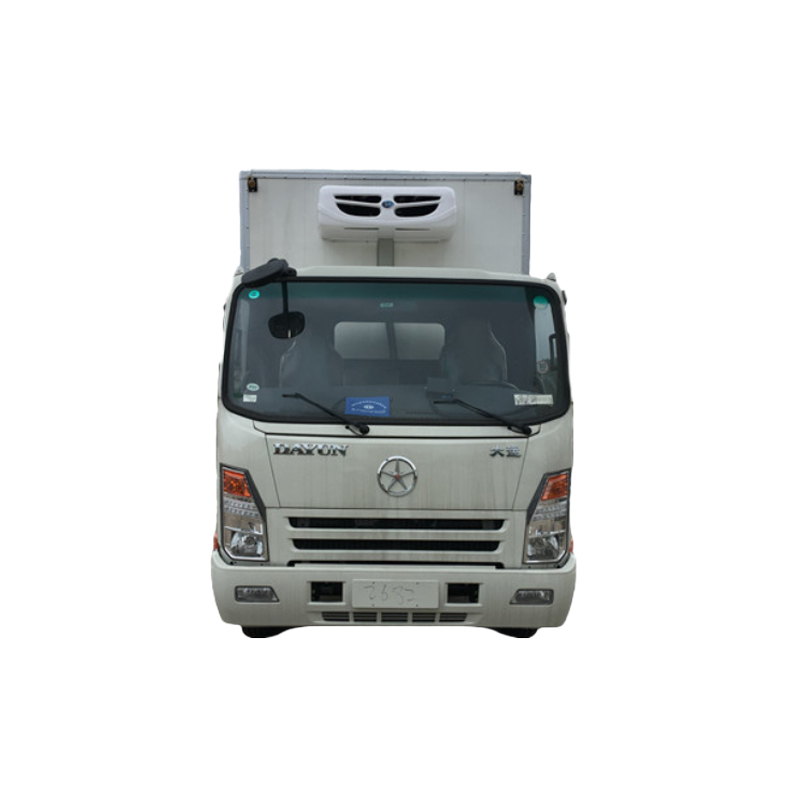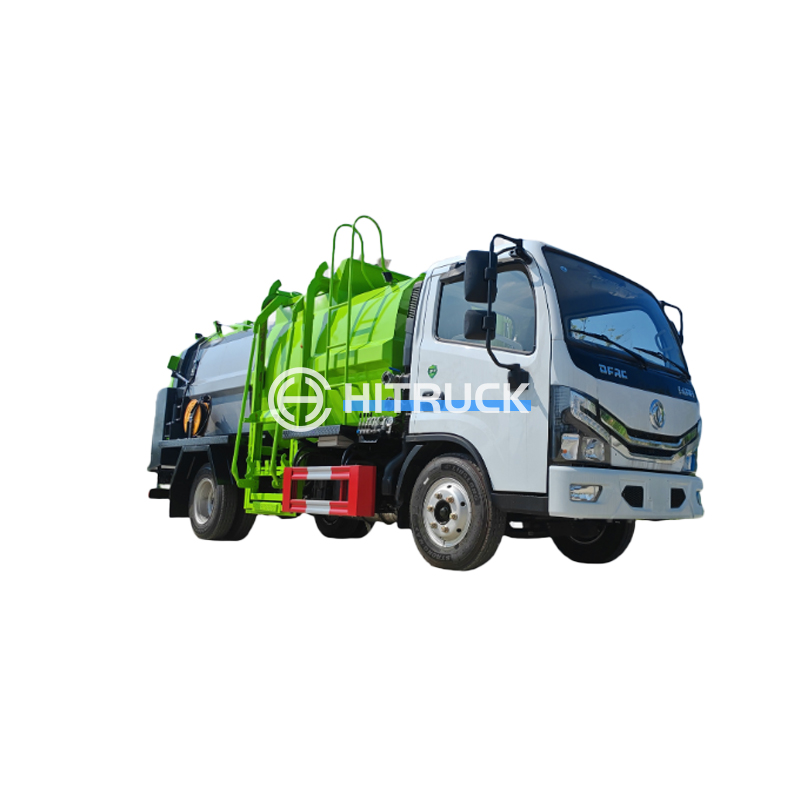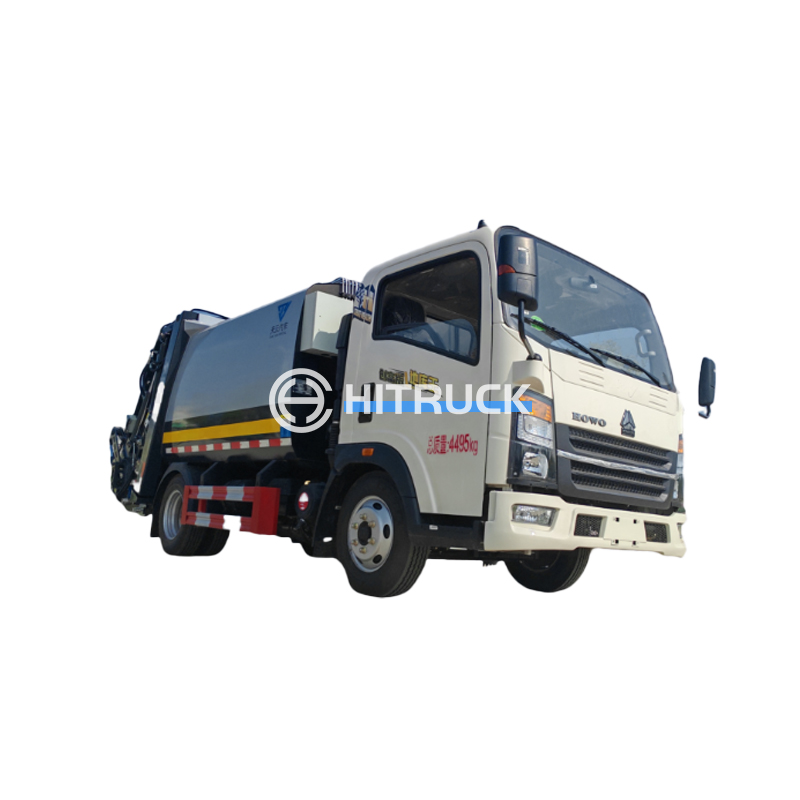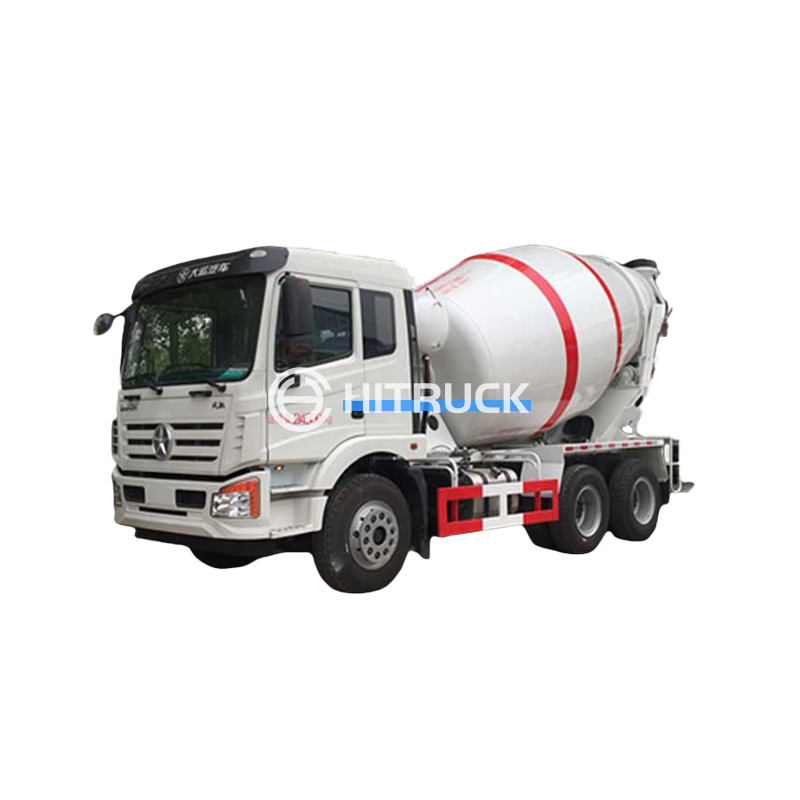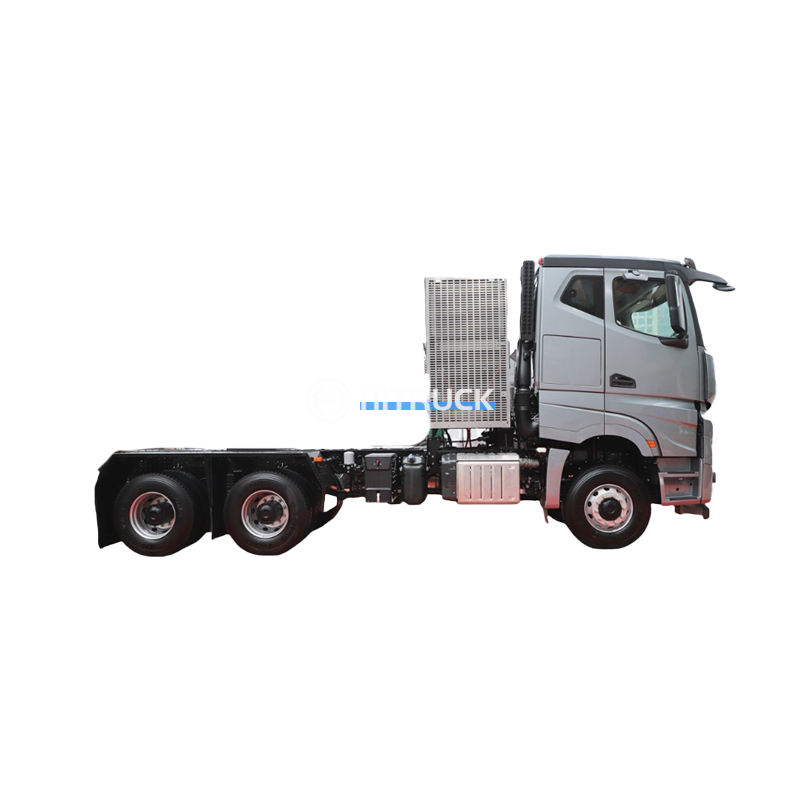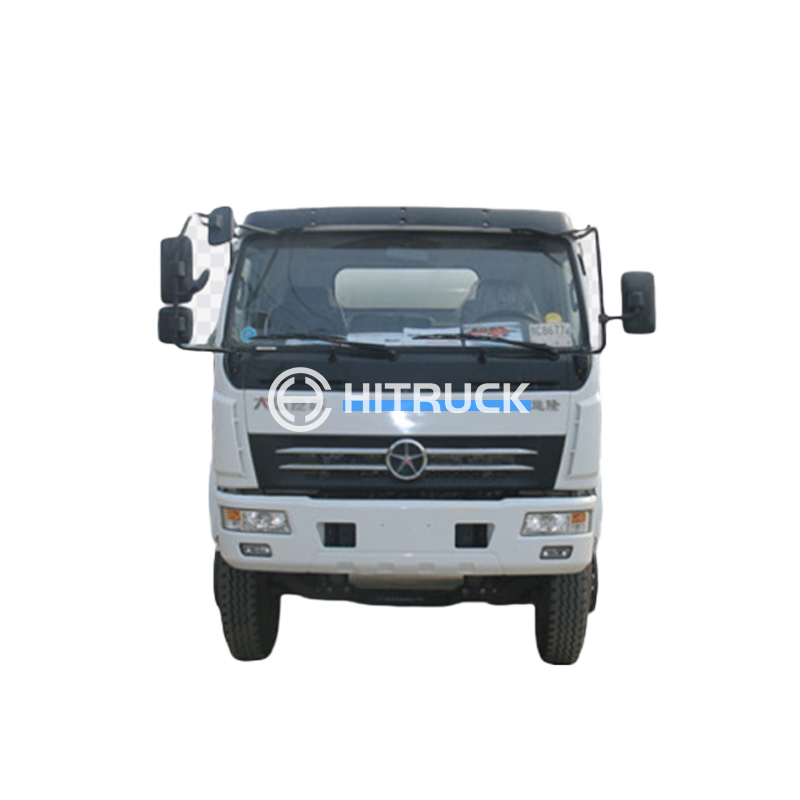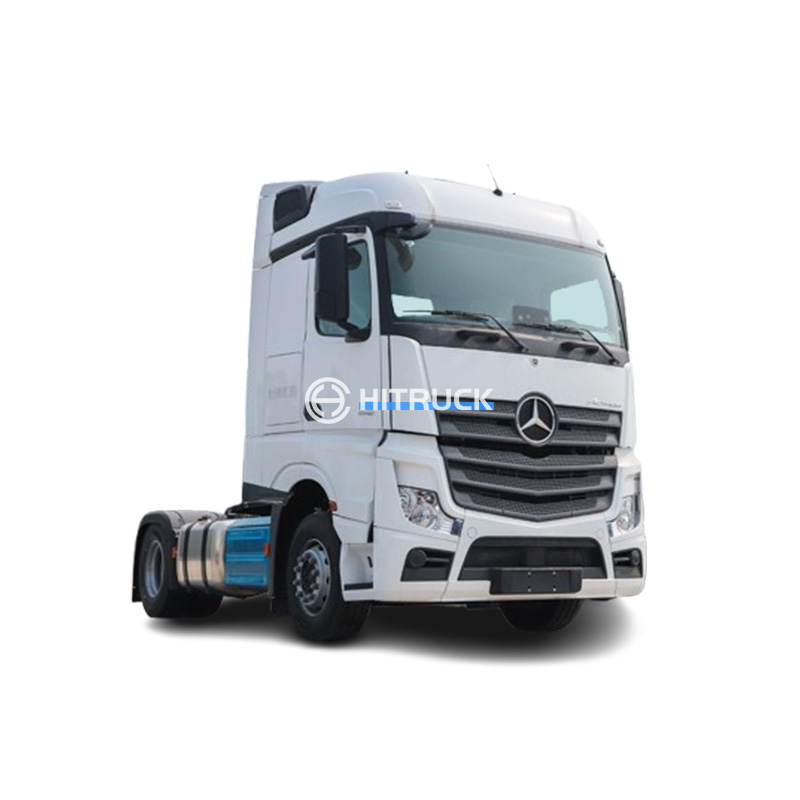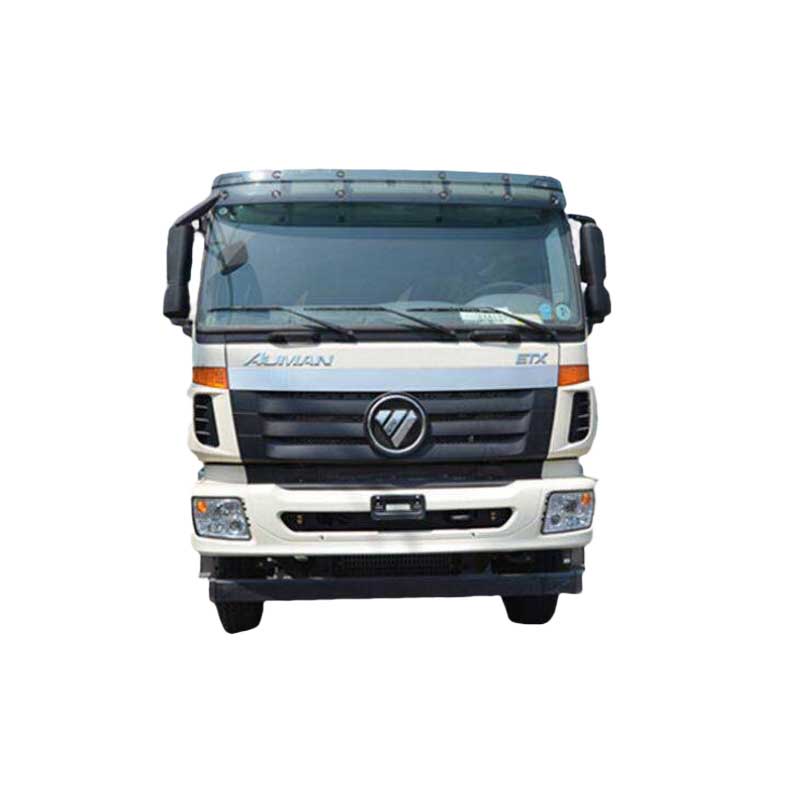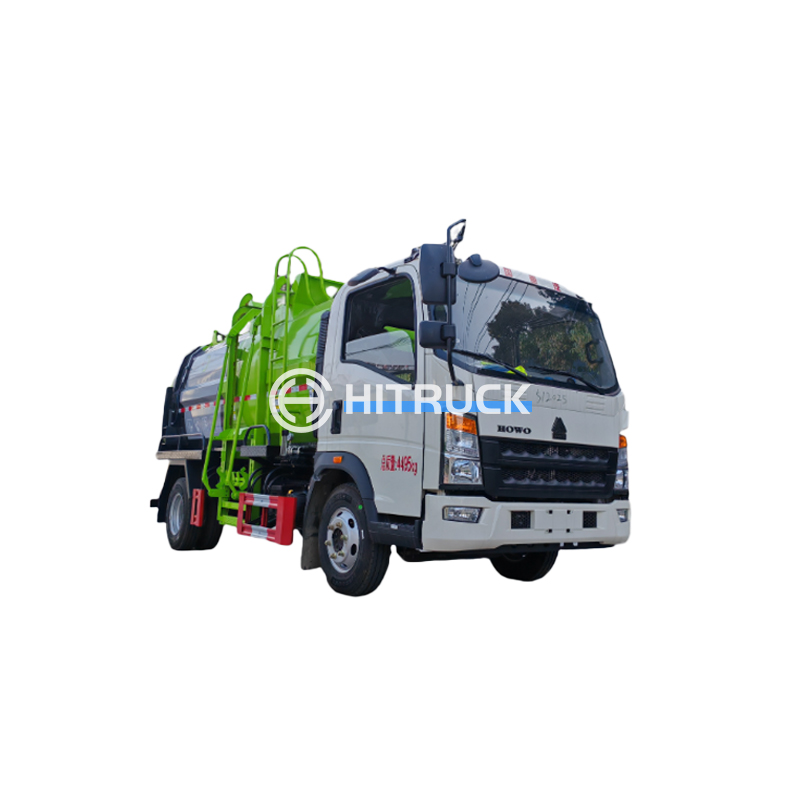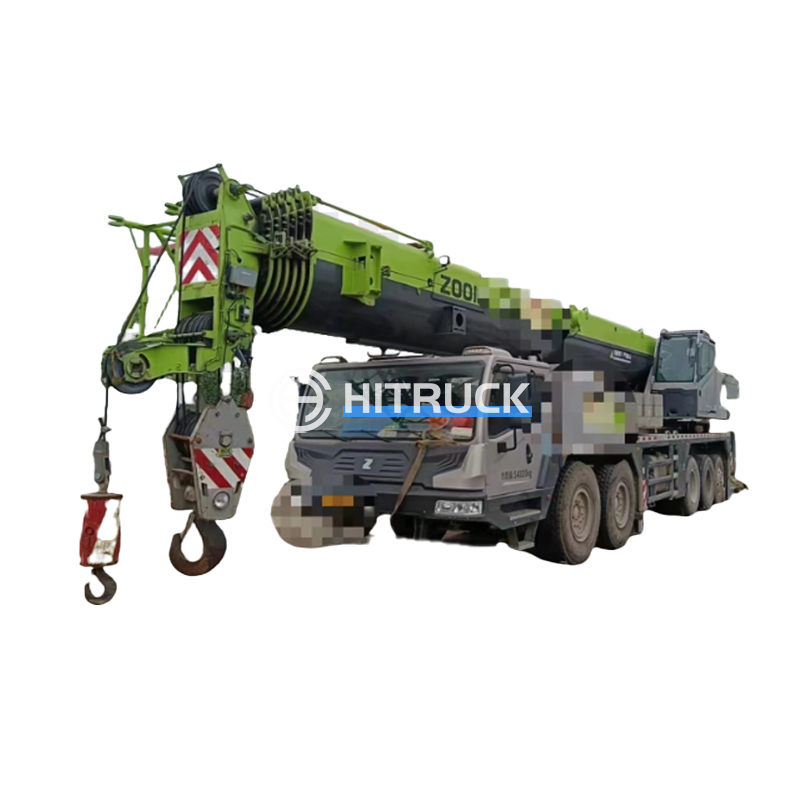This comprehensive guide helps you navigate the market for potable water tankers for sale, covering key considerations, types available, and factors influencing your purchase decision. We'll explore different tank sizes, materials, features, and maintenance needs to assist you in finding the perfect solution for your specific requirements.
The first step in purchasing a potable water tanker is determining your required capacity. Consider your daily water needs, the frequency of refills, and the distance you need to transport the water. Tankers are available in a wide range of sizes, from small units ideal for residential use to large-capacity tankers for commercial or emergency purposes. Accurate assessment is crucial to avoid overspending or underestimating your needs.
Potable water tankers are typically constructed from stainless steel or polyethylene. Stainless steel offers superior durability and longevity, resisting corrosion and maintaining water quality over extended periods. However, it's generally more expensive. Polyethylene tankers are lighter, more affordable, and less prone to damage from impacts, but may have a shorter lifespan compared to stainless steel. The choice depends on your budget and the anticipated lifespan of the tanker.
Essential features for potable water tankers for sale include robust construction, leak-proof seals, easy-to-clean interiors, and appropriate safety features. Consider additional features such as filtration systems, pressure gauges, and pumping mechanisms depending on your application. Some tankers might even incorporate advanced features such as GPS tracking for increased security and management.
Road tankers are the most common type, designed for transportation on roads. They are available in various sizes and configurations, suitable for diverse applications ranging from construction sites to emergency relief efforts. Ensuring the tanker meets your local transportation regulations is crucial.
Stationary tankers are typically larger and permanently installed at a fixed location, often used for water storage and distribution in larger settings such as industrial facilities or community water systems. They may require specialized installation and maintenance.
The price of a potable water tanker varies significantly depending on several factors including capacity, material, features, and the manufacturer. New tankers will naturally command higher prices than used ones. Comparing prices from different suppliers is essential. Remember to consider long-term costs, including maintenance and repairs, when evaluating different options.
Regular maintenance is vital to prolong the lifespan of your potable water tanker and ensure water quality. This includes regular cleaning, inspection for leaks, and addressing any potential issues promptly. Understanding the specific maintenance requirements for your chosen material (stainless steel or polyethylene) is essential. For example, proper cleaning procedures will vary based on the material.
You can find potable water tankers for sale from various sources, including specialized equipment suppliers, online marketplaces, and auction sites. Thorough research and due diligence are crucial when selecting a supplier to ensure the quality and reliability of the tanker and the provider's reputation. For high-quality options and reliable service, consider contacting Suizhou Haicang Automobile sales Co., LTD for their range of transport solutions.
| Tank Material | Lifespan (Years) | Cost | Maintenance |
|---|---|---|---|
| Stainless Steel | 15-20+ | Higher | Moderate |
| Polyethylene | 8-12 | Lower | Lower |
Note: Lifespan and cost estimates are approximate and can vary depending on usage and maintenance.

